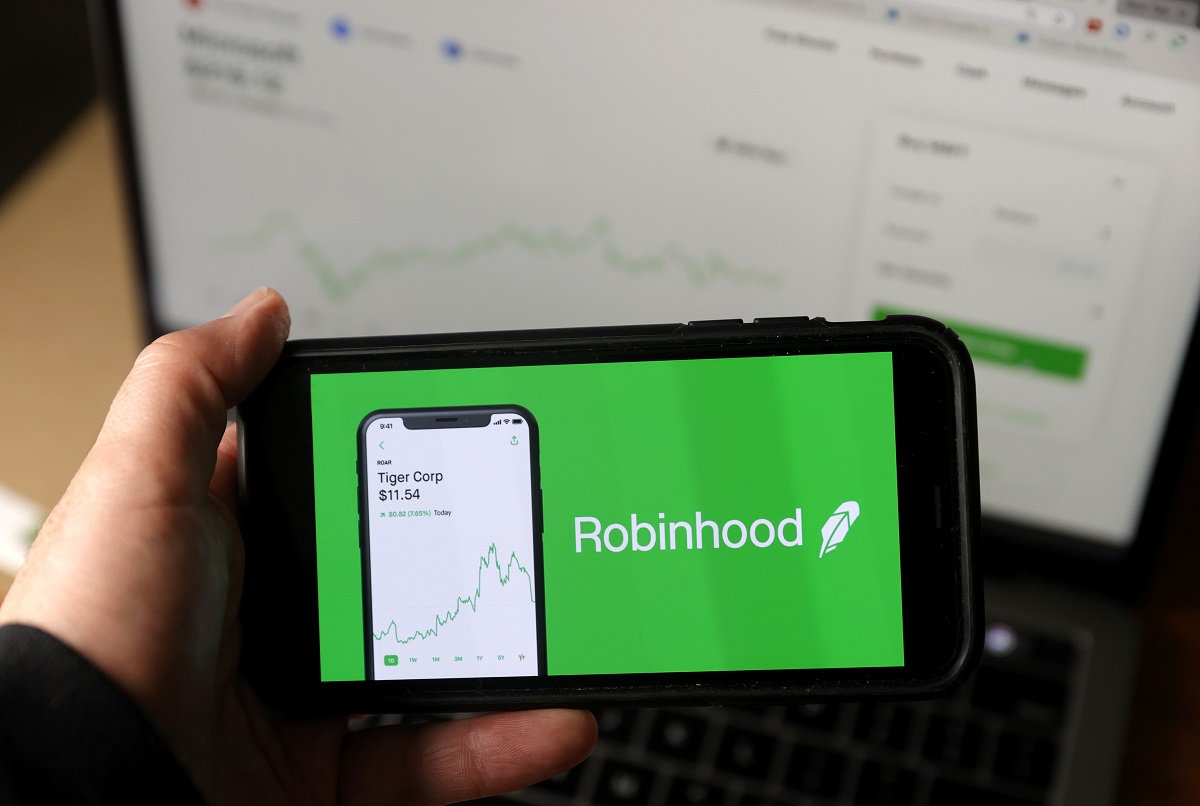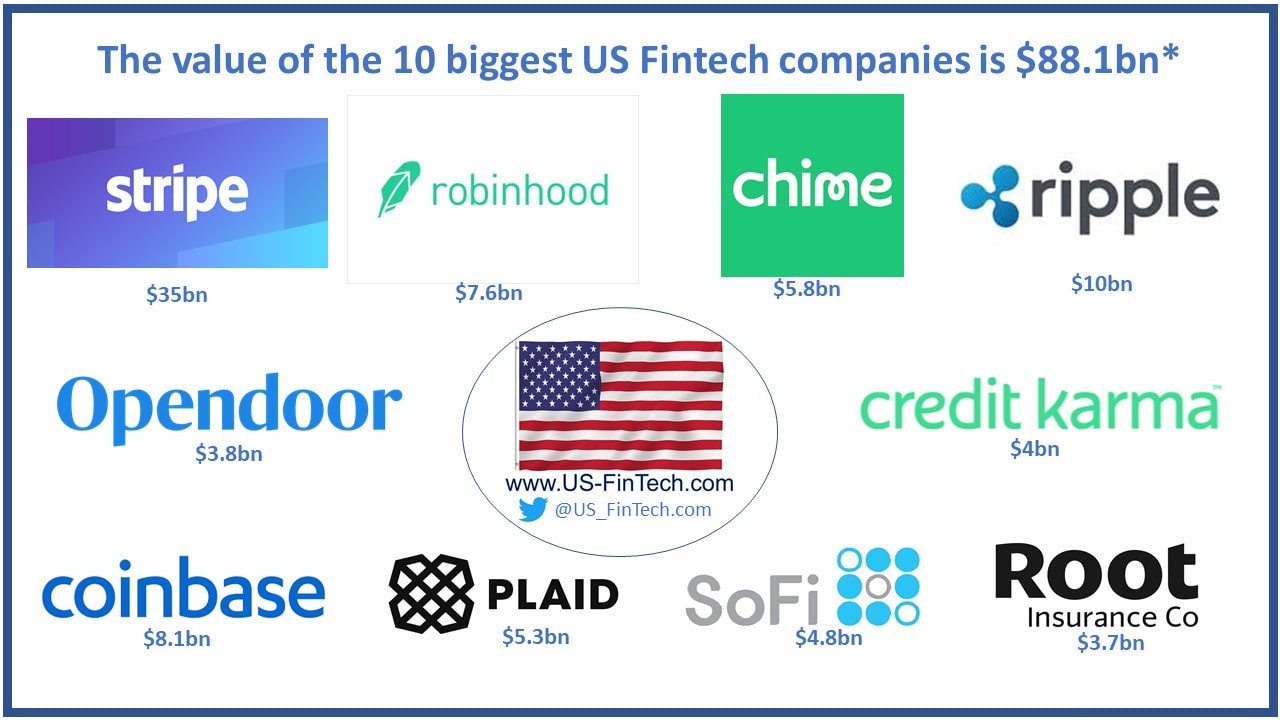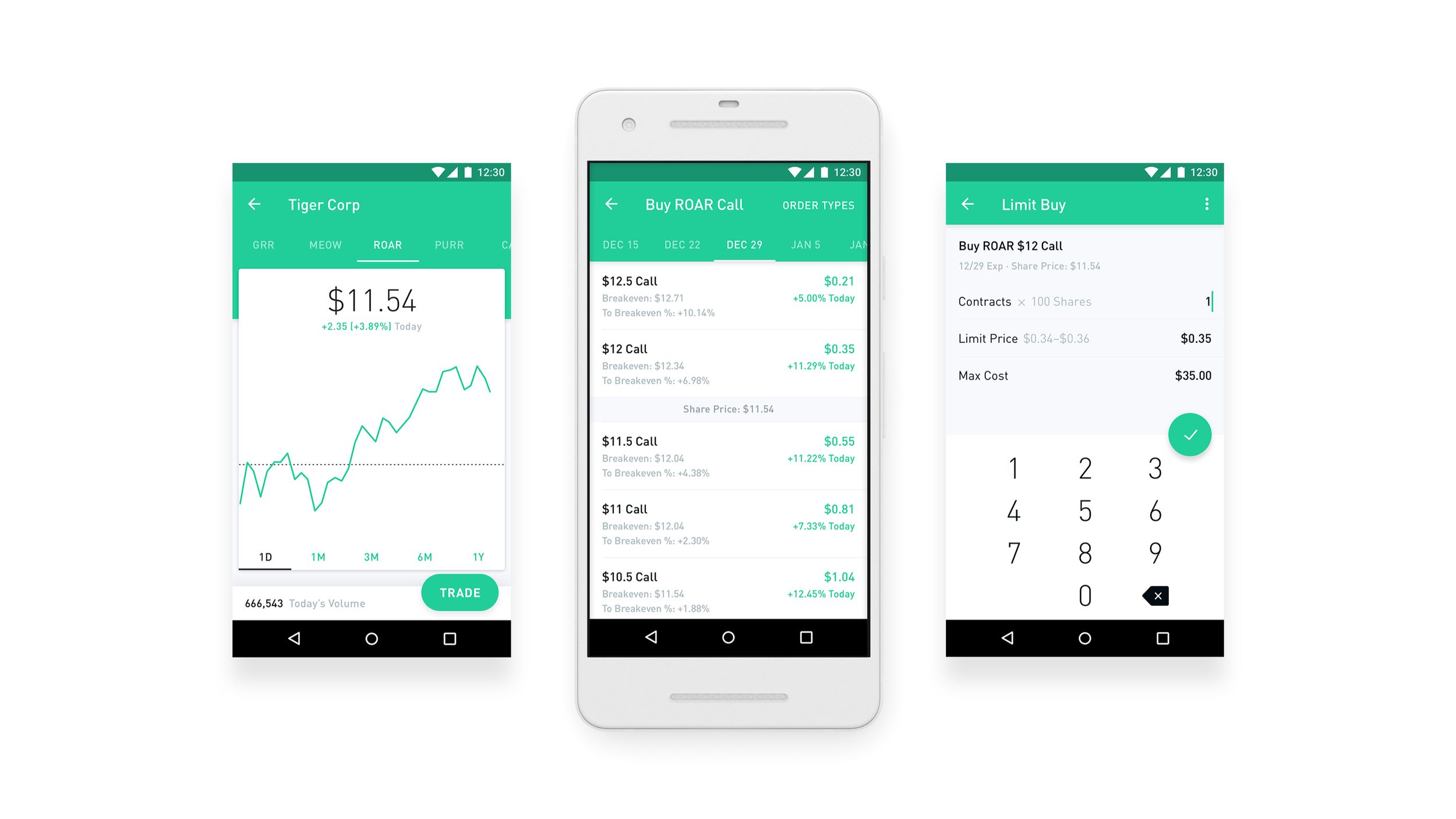Introduction
Welcome to the world of stock lending! If you’re a Robinhood investor or someone who’s interested in the world of stock trading, you may have come across the term “stock lending” before. But what exactly is it? How does it work on Robinhood? And what benefits and risks does it bring?
Stock lending is a practice in the financial industry where individuals or institutional investors lend their stocks to other investors in exchange for a fee. This allows short-sellers or traders who want to hedge their positions to borrow shares temporarily. Stock lending can be a lucrative way for investors to earn additional income from their holdings while maintaining ownership.
When it comes to Robinhood, an innovative and popular online brokerage platform, they have also implemented a stock lending program. This program, called Robinhood Gold, allows investors to potentially earn income from the shares they hold in their portfolio. It’s important to note that Robinhood Gold is a premium service, offering features beyond the basic free trading platform.
So how does stock lending work on Robinhood? When you opt for Robinhood Gold, your eligible stocks may be lent out to other traders who need them for short selling or other trading strategies. In return, you receive a portion of the interest generated from the borrowing fee. This fee is paid by the borrower to compensate you for lending your stocks.
Now, you might be wondering what benefits stock lending can bring to investors on Robinhood. First and foremost, stock lending allows you to potentially earn additional income without requiring any extra effort from your part. Your stocks can work for you, even when you’re not actively trading or investing. This passive income stream can be especially appealing for long-term investors who are holding onto their stocks for extended periods of time.
Furthermore, the stock lending program on Robinhood can also potentially offset some of the costs associated with margin trading. By earning money from lending your stocks, you can use this income to help cover margin interest fees or other expenses related to trading on margin.
While stock lending on Robinhood can offer attractive benefits, it’s important to understand the risks and considerations involved. For example, if your stocks are lent out, you may not be able to sell them immediately. Additionally, there is always the risk that the borrower may not return the shares, although this risk is mitigated by various measures put in place by Robinhood.
In the following sections, we’ll delve deeper into how stock lending works on Robinhood, explore its benefits and risks, and answer some frequently asked questions to provide you with a comprehensive understanding of this feature. So let’s dive in and discover the world of stock lending on Robinhood!
What is Stock Lending?
Stock lending, also known as securities lending, is a process in which investors or institutional lenders lend their stocks or securities to other market participants, typically short-sellers or traders seeking to hedge their positions. It involves the temporary transfer of ownership of the securities from the lender to the borrower in exchange for a fee or interest payment.
The primary purpose of stock lending is to facilitate short selling, a trading strategy in which investors borrow shares they do not own and sell them with the expectation that the stock price will decline. Short sellers aim to buy back the borrowed shares at a lower price, return them to the lender, and profit from the price difference. Stock lending provides the necessary supply of shares for short sellers to execute their trades.
In addition to short selling, stock lending is also utilized for other trading strategies, such as arbitrage and hedging. It helps increase liquidity in the market by ensuring that securities continue to be available for trading, even when they are held by long-term investors who have no immediate plans to sell.
When it comes to stock lending on platforms like Robinhood, individual investors can participate in this practice by lending out their eligible shares through stock lending programs offered by brokerages. By allowing their stocks to be borrowed by other market participants, investors have the opportunity to earn income from their holdings while retaining ownership.
It’s important to note that during the stock lending process, the lender continues to receive any dividends or other benefits associated with the stock. The borrower is required to compensate the lender with a borrowing fee or interest payment, which is typically a percentage of the value of the borrowed shares. The borrowing fee depends on factors like supply and demand for the stock, volatility, and the duration of the borrowing period.
Stock lending is a regulated activity, and various regulations are in place to ensure transparency and protect the interests of both lenders and borrowers. These regulations govern areas such as disclosure of lending activities, collateral requirements, and the use of borrowed shares for voting purposes.
Overall, stock lending plays an important role in the functioning of financial markets by providing liquidity, facilitating short-selling strategies, and allowing investors to generate additional income from their stock holdings. Understanding how stock lending works can help investors make informed decisions regarding their portfolio management and potentially maximize their returns.
How Does Stock Lending Work on Robinhood?
On the popular online brokerage platform, Robinhood, stock lending is facilitated through their Robinhood Gold program. Robinhood Gold is a premium service that offers additional features beyond the basic free trading platform. With Robinhood Gold, investors have the opportunity to lend out their eligible stocks and potentially earn income from the lending program.
When you opt for Robinhood Gold, you can choose to participate in the stock lending program by allowing your eligible stocks to be borrowed by other traders. Robinhood facilitates this borrowing process by lending out your shares to traders who need them for short-selling or other trading strategies.
To participate in stock lending on Robinhood, you need to meet certain eligibility criteria. Not all stocks are eligible for lending, and Robinhood determines the eligible stocks based on factors such as demand, liquidity, and other considerations. Once your stocks are eligible for lending, they might be lent out to traders who are willing to pay a borrowing fee.
It’s important to note that when your stocks are lent out, you still maintain ownership of the shares. You will continue to receive any dividends or other benefits associated with the stock during the lending period. The borrowing fee, which is the interest paid by the borrower to compensate you for lending your shares, is typically a percentage of the value of the borrowed shares.
Robinhood shares a portion of the borrowing fee with you, allowing you to earn income from the stock lending program. The exact percentage that you receive can depend on various factors, such as the demand for the particular stock you’re lending and the prevailing interest rates.
One point of consideration when it comes to stock lending on Robinhood is that if your shares are lent out, they may not be immediately available for you to sell. While this may not be a concern for long-term investors who are unlikely to sell their shares in the near future, it’s important to be aware of this potential limitation.
Robinhood has measures in place to manage the risks associated with stock lending. They work with clearing brokers who ensure that borrowers provide collateral in the form of cash or other acceptable securities. This collateral provides a layer of protection in case the borrower fails to return the borrowed shares.
By participating in the stock lending program on Robinhood, investors have the opportunity to earn additional income from their stocks and potentially offset some of the costs associated with margin trading. It’s a way to make your portfolio work for you, even when you’re not actively trading or investing.
Benefits of Stock Lending on Robinhood
Participating in the stock lending program on Robinhood can offer several benefits for investors. Let’s explore some of the key advantages of stock lending on this popular online brokerage platform.
1. Additional Income: By lending your eligible stocks through Robinhood’s stock lending program, you have the potential to earn additional income. When your shares are borrowed by other traders, you receive a portion of the borrowing fee as compensation for lending your shares. This passive income stream can be especially valuable for long-term investors who hold onto their stocks for extended periods of time.
2. Offset Margin Trading Costs: If you are a Robinhood Gold member and engage in margin trading, the income earned from lending your stocks can help offset some of the costs associated with borrowing on margin. Margin interest fees can add up over time, and by earning money from stock lending, you can use those earnings to help cover these fees or other expenses related to trading on margin.
3. No Extra Effort: Stock lending allows you to generate income from your investments with minimal effort. Once you opt-in to the stock lending program, your eligible stocks can work for you even when you are not actively trading or monitoring the market. This passive income stream provides an additional avenue for growing your portfolio without requiring any additional work on your part.
4. Risk Mitigation and Collateral Protection: Robinhood takes measures to manage the risks associated with stock lending. They partner with clearing brokers who require borrowers to provide collateral in the form of cash or other acceptable securities. This collateral protects the lender in the event that the borrower fails to return the borrowed shares. These risk mitigation measures help safeguard your investment and provide a layer of financial protection.
5. Accessible and User-Friendly: Robinhood’s stock lending program is integrated into their existing platform, making it easily accessible for users. The process of opting into the stock lending program is straightforward, and the income earned from lending your shares is displayed alongside your other portfolio information. The user-friendly interface of Robinhood makes it convenient for investors to participate in stock lending and track their earnings.
Overall, stock lending on Robinhood offers investors the opportunity to earn additional income from their stock holdings without requiring significant effort or time commitment. By taking advantage of the stock lending program, you can potentially enhance your investment returns, offset margin trading costs, and make your portfolio work for you in a passive manner.
Risks and Considerations
While participating in the stock lending program on Robinhood can offer benefits, it’s important to be aware of the associated risks and considerations. Let’s explore some of the key factors to keep in mind when engaging in stock lending on Robinhood.
1. Limited Control Over Borrowed Shares: When you lend out your shares through the stock lending program, you may temporarily lose control over them. This means that during the lending period, you may not be able to sell the borrowed shares if you had intended to do so. It’s essential to consider your investment objectives and make sure you can afford to have your shares tied up for a specific period of time.
2. Counterparty Risk: While Robinhood takes measures to manage counterparty risk through collateral requirements, there is always a possibility that the borrower may not return the borrowed shares. Although the risk is mitigated, it’s important to understand that there is still a level of uncertainty associated with stock lending. Conducting thorough research and monitoring the reputation and financial stability of the borrowers can help minimize this risk.
3. Potential Impact on Voting Rights: When your shares are lent out, you may lose the ability to exercise your voting rights at the company’s shareholder meetings. This consideration is especially relevant for long-term investors who actively participate in corporate governance. If voting is an important aspect of your investment strategy, you may want to carefully assess the potential impact of stock lending on your ability to vote.
4. Market Volatility and Liquidity: The demand for borrowing particular stocks can fluctuate based on market conditions, volatility, and various other factors. This means that the income earned from lending your shares may vary over time. It’s important to consider the potential impact of market volatility and liquidity conditions on your stock lending earnings.
5. Regulatory Changes and Scrutiny: The practice of stock lending is subject to regulations and may be subject to changes or increased scrutiny over time. Regulatory changes could impact the terms and conditions of stock lending, potentially affecting the income potential or overall risks associated with participating in such programs. Staying informed about regulatory developments and being prepared to adapt to potential changes is crucial.
Before engaging in stock lending on Robinhood, it’s important to carefully evaluate these risks and considerations in relation to your investment goals and risk tolerance. Conducting thorough research, maintaining a diversified portfolio, and regularly reviewing the terms and conditions of the stock lending program can help you make informed decisions and mitigate potential risks.
Frequently Asked Questions
Here are some frequently asked questions about stock lending on Robinhood:
1. Is stock lending on Robinhood safe?
Robinhood takes measures to manage the risks associated with stock lending. They work with clearing brokers who require collateral from borrowers, helping to protect lenders in case the borrowed shares are not returned. However, there is always some level of risk involved, so it’s essential to carefully evaluate the risks and consider your own risk tolerance.
2. Can I choose which stocks to lend on Robinhood?
Robinhood determines which stocks are eligible for lending based on factors such as demand, liquidity, and other considerations. As a participant in the stock lending program, you may not have control over which specific stocks are lent out.
3. How much can I earn from stock lending on Robinhood?
The amount you can earn from stock lending on Robinhood depends on factors such as the demand for the stocks you lend, prevailing interest rates, and the duration of the lending period. The borrowing fee you receive is typically a percentage of the value of the borrowed shares.
4. Can I sell my stocks while they are being lent on Robinhood?
When your stocks are lent out on Robinhood, they may not be immediately available for you to sell. You need to consider the lending period and whether you can afford to have your shares tied up for a specific duration.
5. How do I participate in the stock lending program on Robinhood?
To participate in the stock lending program on Robinhood, you need to become a Robinhood Gold member. Once you are a Gold member, you can opt-in to the stock lending program and start earning income from lending your eligible shares.
6. What happens if the borrower fails to return the borrowed shares?
Robinhood works with clearing brokers who require borrowers to provide collateral. If the borrower fails to return the borrowed shares, the collateral can be used to compensate the lender for any losses incurred. However, there may still be some level of risk involved, and it’s important to understand the measures in place to mitigate this risk.
Remember, these answers are general guidelines, and it’s important to consult Robinhood’s official documentation and seek professional advice as needed to have a clear understanding of the specifics of the stock lending program and its implications on your investments.

























